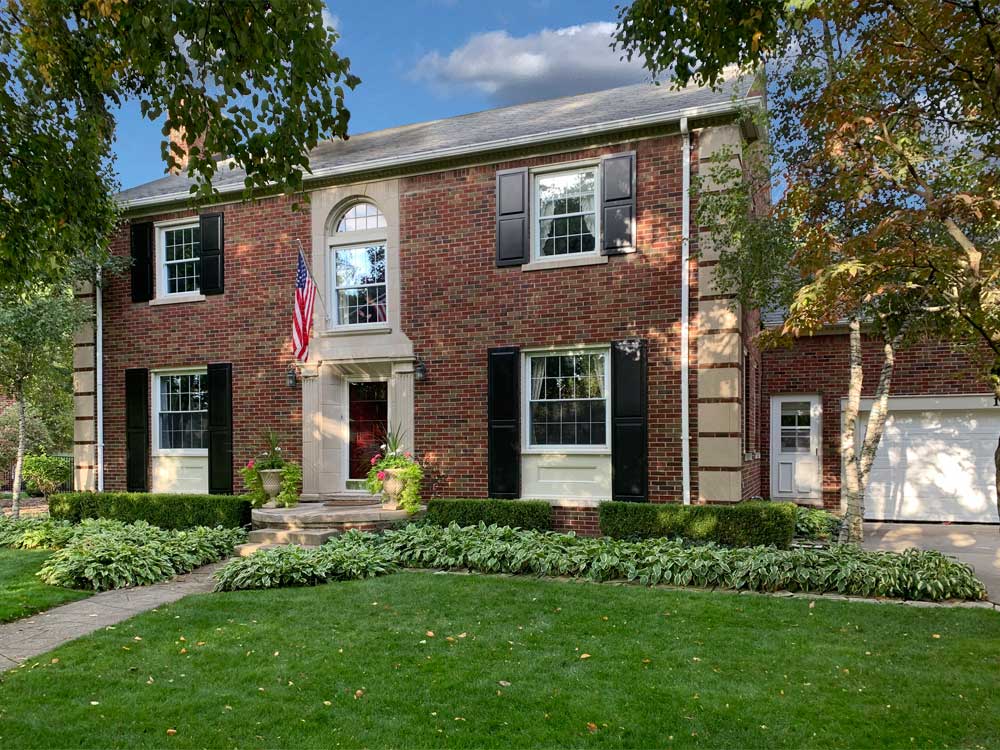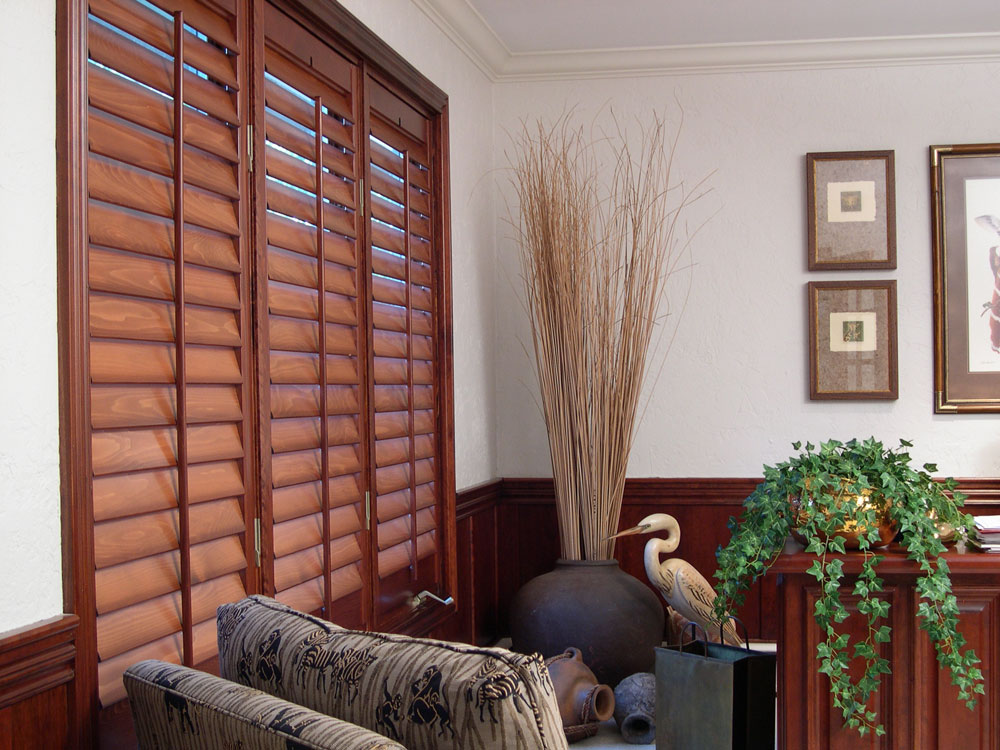Insulate Windows with Interior and Exterior Shutters
It has been reported that the coming winter will be colder than those in the recent past. True or not, we do know that temperatures drop in the Fall and Winter months and homeowners need to be prepared. Interior and exterior shutters can both help insulate windows in cold temperatures, which can be responsible for up to one-third of the home’s total heat loss.
Functional Exterior Shutters to Insulate
Installation of functional exterior shutters can help maintain a consistent and comfortable indoor temperature. Both wood and composite materials do not allow for the transfer of energy. Therefore, when they are closed with functional hardware over the window they create a barrier between the cold outside and the warm inside. It is best to keep the exterior shutters in a closed position at night or when the window is shaded. Tight fitting solid panel shutter styles best reduce the passage of air through the opening. Sunlight that enters through a window can assist in warming the home, and it then becomes beneficial to open the shutters. The obvious problem is that opening and closing windows on a regular basis to access the exterior shutters may actually allow cold air to enter the home and negate the efforts of the apparatus. Closed exterior shutters may be most beneficial on windows that be covered full time in the winter months.

Interior Shutters for Insulation
Traditional and plantation shutters are primarily used for light control and appearance. A side benefit of installing interior shutters is the insulation quality. Indoor shutters are manufactured from several materials with wood and a synthetic, commonly called Polywood. Most are constructed with movable louvers that rotate open or closed to regulate daylight and privacy. The panels generally hinge to the side and swing open on hinges to allow full access to the window.
Movable louvers offer great versatility. Open louvers allow sunlight to stream through the window to assist in heating the home, which is beneficial in winter. Closed louvers block 98% of sunlight to reduce East and West facing windows from warming the home, which is beneficial in summer.

According to SmartEnergy Living, “Hardwood shutters and wood blinds offer R-values between 2.77 and 3.17 and a shading co-efficient between 0.35 and 0.21.” Interior hardwood shutters figure to be on the higher end and blinds on the lower end. R-value is a measure of the resistance of an insulating or building material to heat flow. The higher the R-value, the greater the insulation and resistance to heat flow.
An independent study concluded full height interior plantation shutters with closed louvers result in a 31% heat transfer reduction.
Combination of Interior and Exterior Shutters
A combination of exterior and interior shutters will certainly maximize air quality control.
Energy Efficient Windows
An indoor audit should also be conducted before frigid weather arrives. Consider repairing or even replacing old drafty windows, the most prominent areas for heat loss during the winter. In fact, windows and doors can be responsible for up to one-third of the home’s total heat loss. Reduction of air transfer can and will help manage the indoor atmosphere.
These are just a few tips for decreasing air exchange. See additional home insulation tips.

